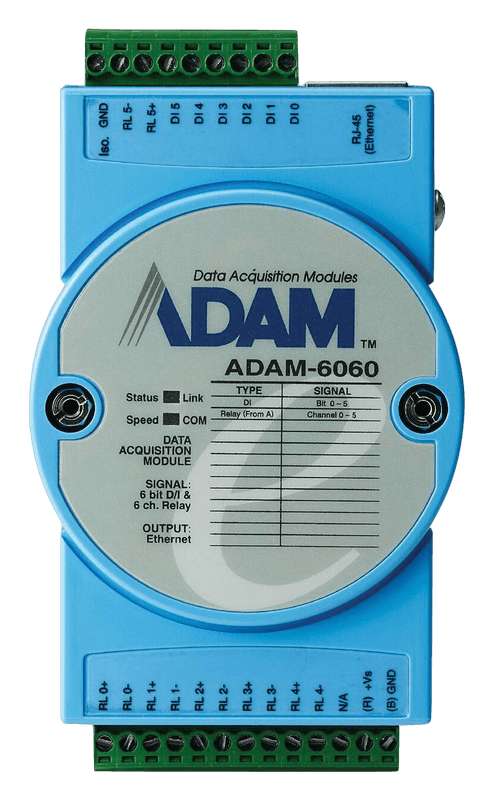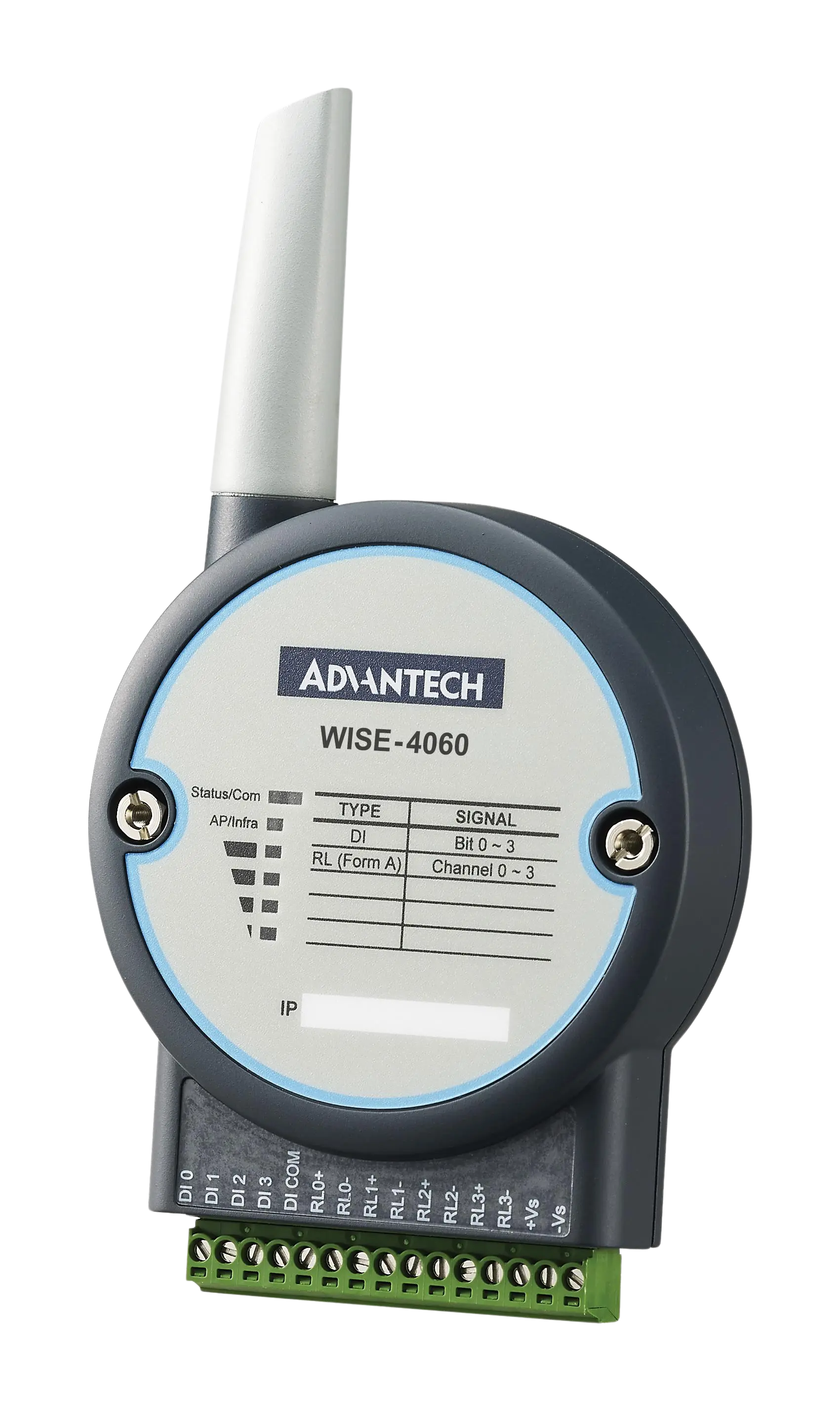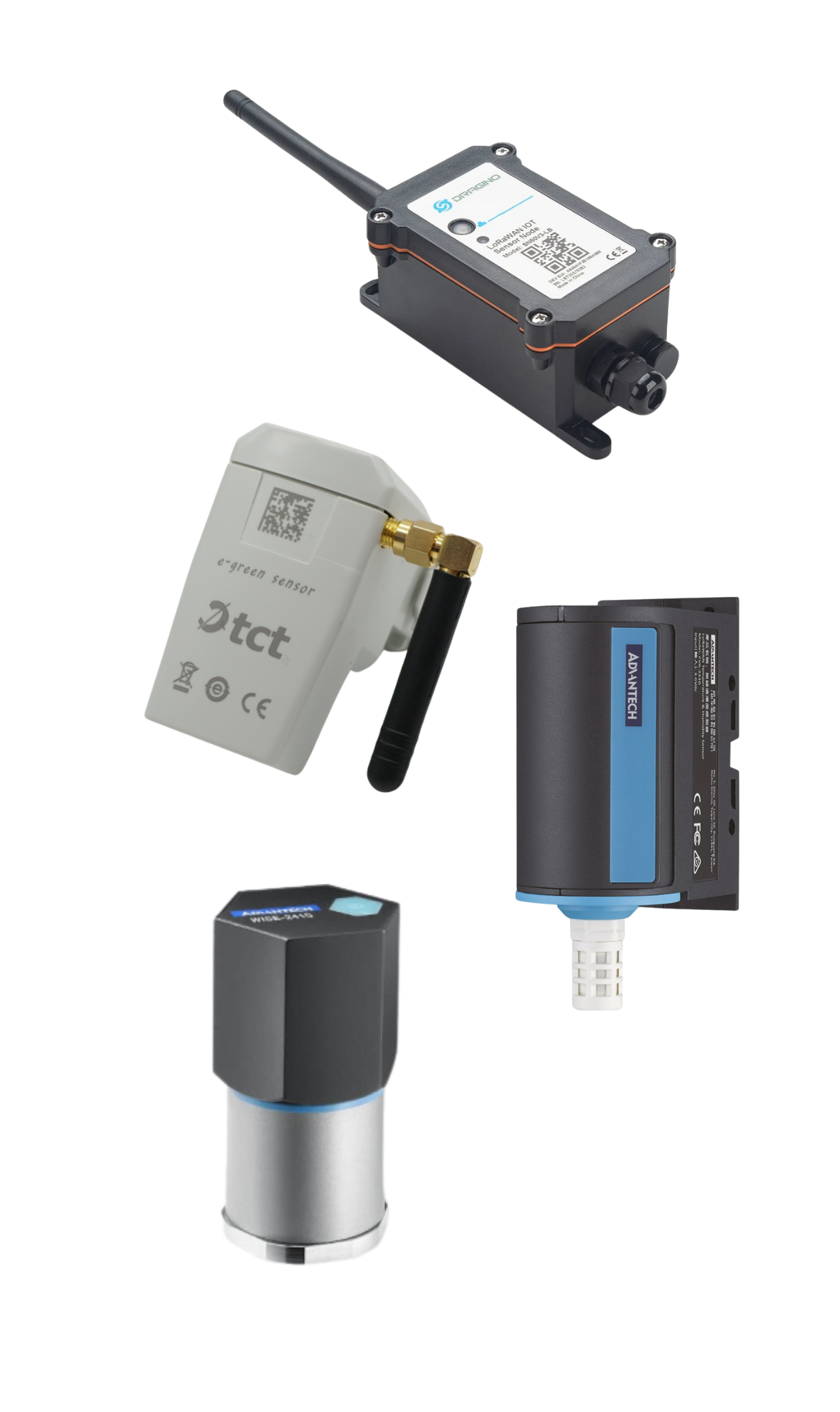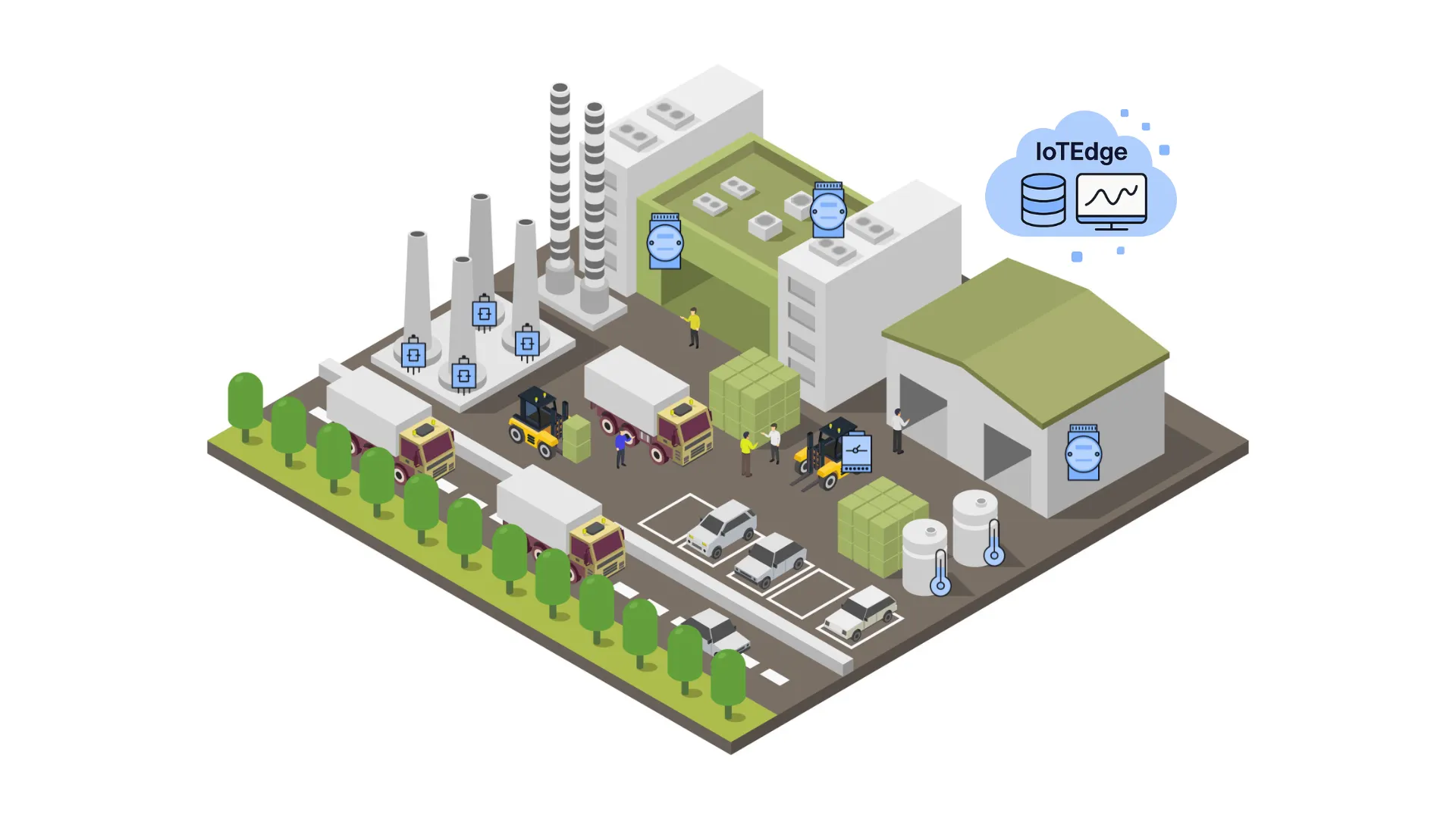

The ADAM module, widely used for many years in the industry, allows for the control of inputs/outputs to enable communication between two initially standalone devices.
For example, a module can use the power state of a machine (on/off) to turn on a light column (green/red LED), to indicate this state to nearby operators.
There is a wide catalog of different modules that offer varying amounts of inputs/outputs, different communication protocols, and different form factors to cover a maximum of use cases:
- Display relay indicators
- Security systems (fire, theft, ...)
- Parking barrier opening systems
- Industrial controllers
- ...
The ADAM module is one of the pillars of implementing an effective data collection solution. Indeed, the information it handles can be stored, timestamped, and used to analyze the operation of host systems or machines.
Its main advantage is its recognition. This module is known by all industrial players for many years, and it equips a very large part of our buildings and industrial sites. Our solutions allow for greater utilization of it, without physical modification of the existing fleet.

The WISE module is the latest generation of acquisition modules developed by Advantech. There are two major differences from their cousins, the ADAM modules:
-
They are available in Wi-Fi version
-
The configuration interface is a lightweight embedded client
Just like the ADAM modules, there are many variations available, differing in the number of inputs/outputs, their types, the available communication protocols, etc.
The WISE modules come with a DataLog and cloud synchronization feature (private, public, via standard protocols). These modules are designed to facilitate the collection and storage of timestamped data. Their buffer helps prevent the risk of network loss, which is useful in dense environments using Wi-Fi as the communication technology.

The IoT sensors enable the collection of accurate data. Unlike acquisition modules that primarily rely on signal acquisition or protocol interfacing (Modbus, OPC UA), these sensors allow for the measurement of fixed quantities:
- Temperature / Humidity
- Air Quality (Co2, PM, ...)
- Electrical Intensity
- Leak Detection
- Vibrations
- ...
Several technologies and communication protocols allow sensors to send their datwhat-is-lorawan-public-vs-privatea, including:
- Wired technologies: industrial standard protocols (RS-485)
- Wireless technologies: LoRaWan, NB-IoT, LTE-M
The choice of a sensor rather than an acquisition module depends on the configuration and constraints of the project. Our teams offer support in selecting the equipment to implement the most efficient data collection possible.
